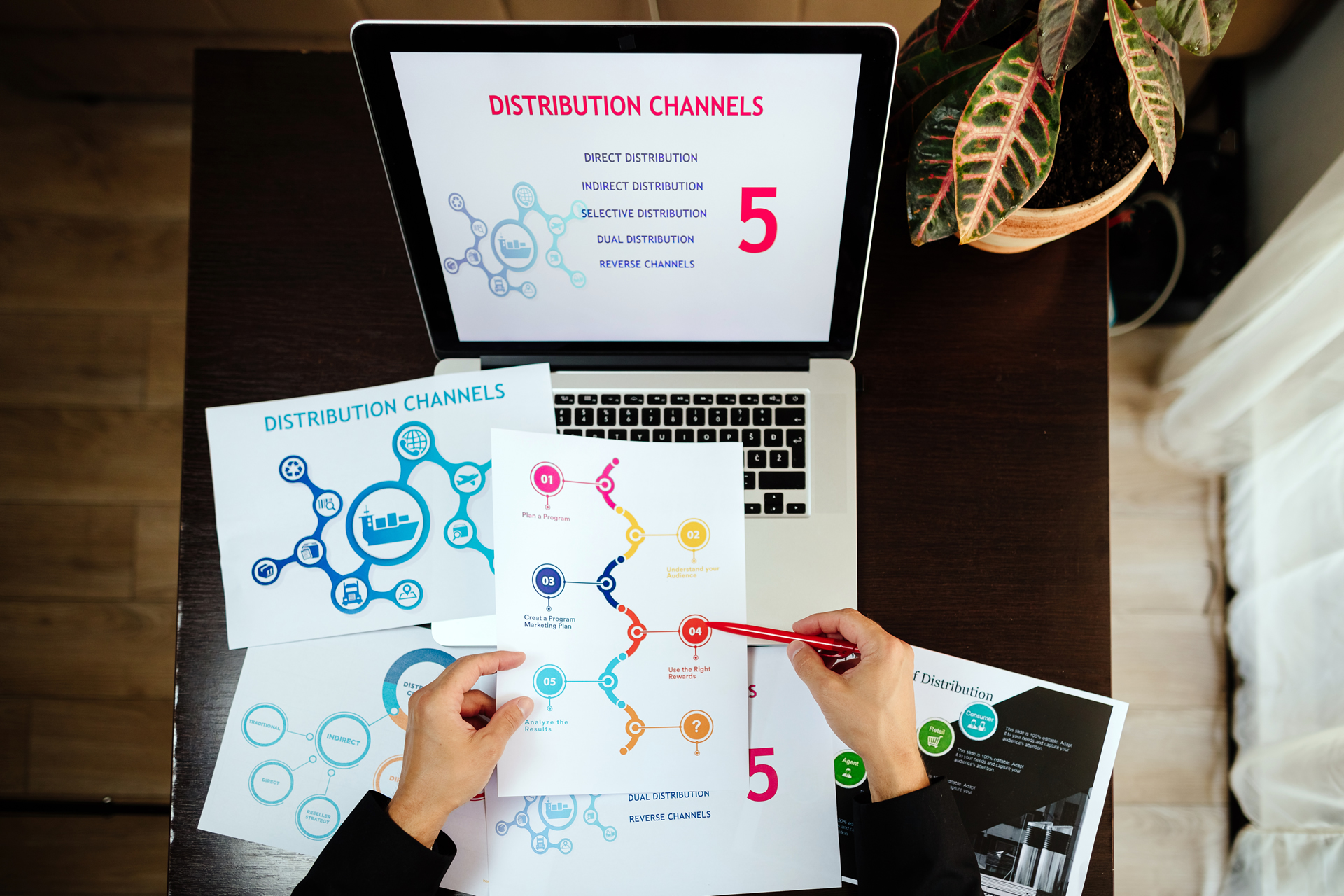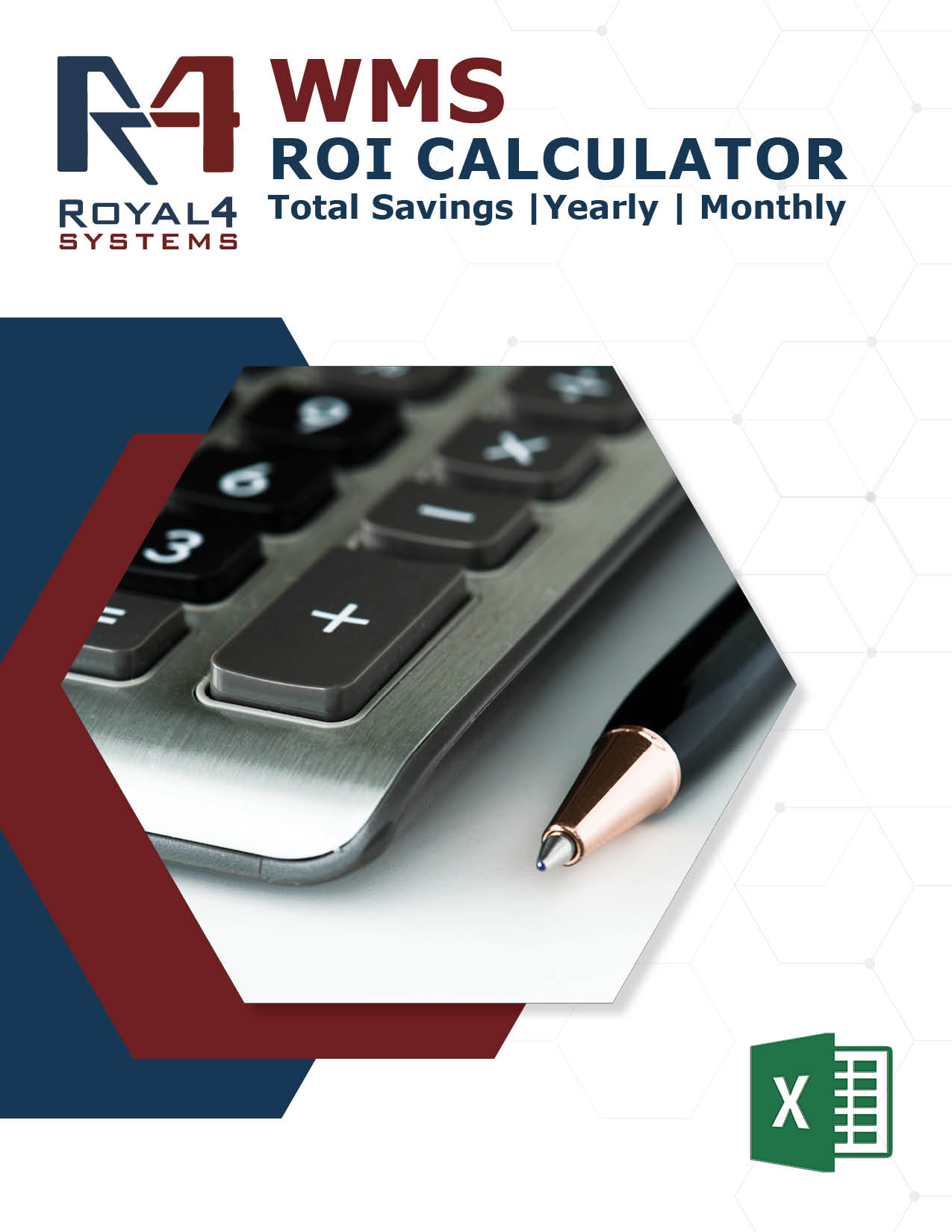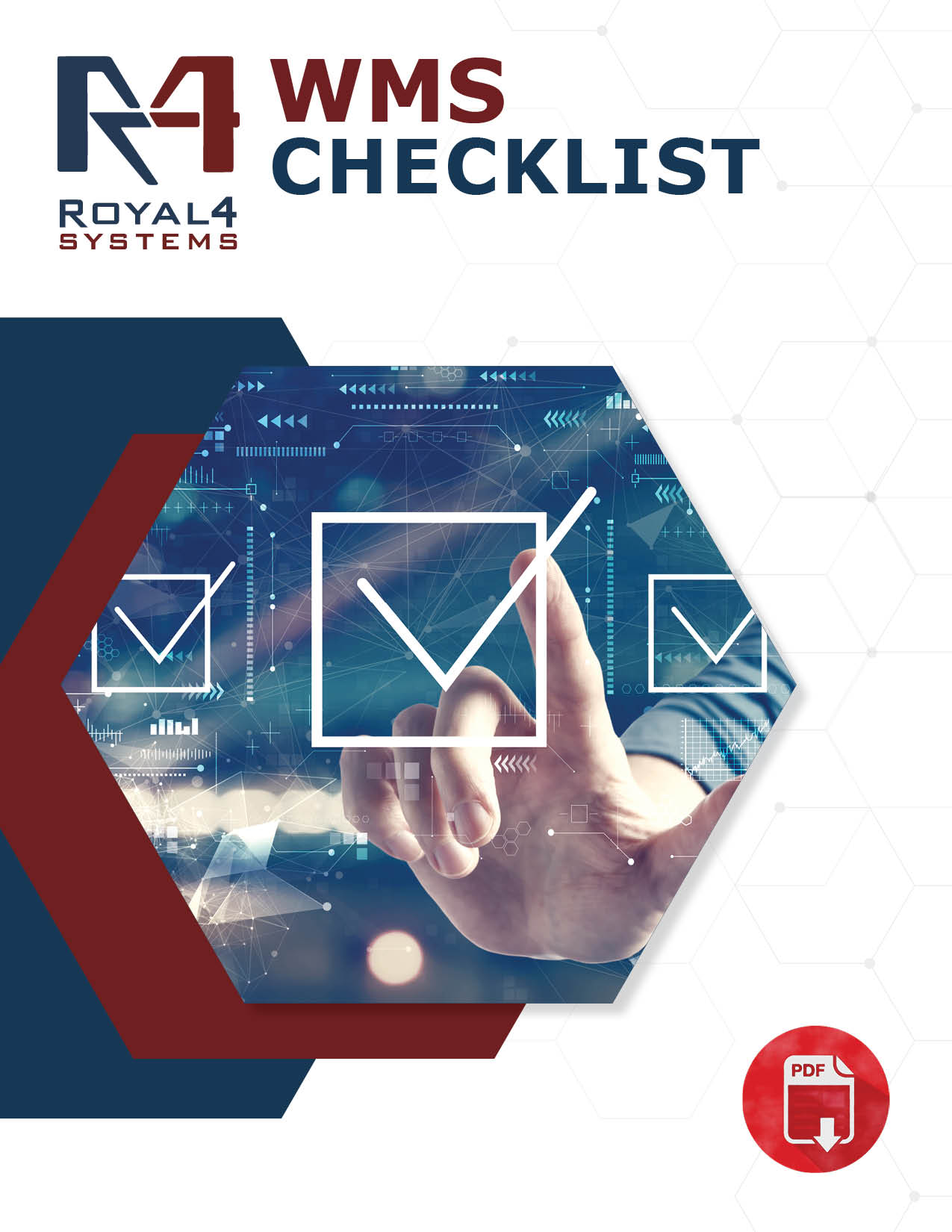
The way suppliers distribute their products to end users is significantly affected by changes in how distributors use technology to simplify their business processes, which are being driven by consumer demand. Thus, you must be knowledgeable of current developments in distribution technology. By integrating technical systems and technology-based procedures into product distribution models, order fulfillment organizations may experience significant increases in production, workflow, and, eventually, the bottom line.
What is product distribution?
Making something available for purchase includes distributing it throughout the market. Transport, packaging, and shipping are the three components. The revenues of a company are significantly impacted by Modern Product Distribution.
A distributor is a person who buys goods, warehouses them, and then gives them out to customers. They function as intermediaries between producers and retailers or customers rather than acting in their best interests. Distributors frequently work together with buyers and suppliers.
The appropriate distributor may increase a company’s product market exposure while giving it a competitive edge in speed and efficiency.
What distribution technology is being developed?
1. New Connected Technologies
It has been extensively discussed how the Internet of Things (IoT) affects supply chain visibility and communication. Because of today’s distributors’ difficulties, carriers and shippers are increasingly concentrating their efforts on taking advantage of the IoT. As a result, more companies are employing radio frequency identification (RFID), Bluetooth monitoring, and M2M-connected devices to track and manage their shipments accurately.
2. Robotics
Today’s Distributors are under pressure from government regulations on workplace dangers and safety to use robotics whenever possible. The speed and precision of robotics in product selection, packing, and loading are also helping a stretched supply chain meet the expectations of a growing clientele globally. In many distribution centers worldwide, robotics is one of the distribution technology breakthroughs already gaining substantial traction.
3. Value-Added Services and TMS Capabilities
Value-added services have also taken on a technologically equivalent role as more organizations seek to use a complete transportation management system (TMS) to thoroughly document and enhance their processes. As a result, carriers and suppliers emphasize the potential for value-added services, such as audits, small package processing, delivery, and freight optimization, to reduce overall costs and shipping time.
4. Analytics
It takes more than knowing where a product is at a warehouse and sending it out to manage distribution effectively. Companies need to understand where orders come from, where shipments go, when they should arrive, how many people fill up online shopping carts, and other information. Each of these elements helps to shed light on the variables that affect customers’ choices to buy products from a particular business.
5. Online Distribution Channels
New distribution techniques directly impact the amount of data in both online and offline businesses. To put it another way, distribution technology, including POS systems, gives suppliers and distributors rapid access to data. E-commerce is also advancing forecasting and inventory management capabilities, which optimize packing requirements and improve freight and inventory management.
6. Hours of Service Guidelines
Driving-related hours-of-service (HOS) regulations are also evolving. More stops are being mandated for drivers, who must steer clear of lengthy distances if feasible. In the meantime, technologies are required to guarantee that drivers disobey these rules are held accountable. Electronic logging systems, for instance, immediately alert carriers and shippers to HOS infractions, which may affect the business. Furthermore, the network may be optimized using HOS records from electronic logging devices. In other words, the information from a single record may alert a carrier automatically when a driver has a diminishing amount of driving time left. A secondary driver may be sent from another place to intercept the initial driver and carry on with the delivery. Ultimately, knowing where every driver is, how long they can drive before breaking HOS rules, and what can be done to keep the flow of products going are all benefits.
7. Mobile Technologies on Strategy
Mobile technology has also changed how distributors think and plan in the supply chain. Salespeople are no longer limited to working in offices and on the sales floor. They could work hand-in-hand with customers and businesses on the ground, developing a relationship with a better caliber of service. This new trend could also be a method for making new contacts. For instance, a shipper’s sales team may contact other businesses on a B2B basis. In other words, mobile technology may be leveraged to boost client contentment, encourage healthy competition, and boost revenue. Ultimately, there are many opportunities to employ mobile technologies to improve operations.

What effects does this technology have on Modern Product Distribution?
1. Workflow optimization
Before the advent of automated systems and cutting-edge technology, warehouse workers wasted a lot of time moving items around the warehouse. To minimize lag time, increase order fulfillment accuracy, and make the most of warehouse floor space, the bulk of product movement is now made possible by automation and warehouse management software.
Modern warehouses may be smaller with better inventory management and mobility since forklift access is no longer restricted by aisle lengths that must accommodate two forklifts operating simultaneously. A centralized computer network may be combined with modern machinery like elevators, tracks, and conveyors to increase efficiency while lowering mistakes. Pallets and units may be placed freely and summoned up as needed without worrying about losing them since the centralized network keeps records more accurately than a person with a clipboard.
2. Efficient distribution process
Since technology is both faster and more precise than human analysis, it contributes to the quickest and most effective form of product distribution. Modern Product Distribution traffic managers may optimize distribution using software that evaluates the best route for the cheapest and fastest fulfillment. Product distribution may be made noticeably more effective by maximizing warehouse workflow for the best use of floor space and moving things from storage to shipping loading bays.
The advantages of the warehouse also have a technological impact on the loading bays. If/when there are multiple deliveries, shipment vehicles can be loaded according to the most efficient route using specialized shipment analysis software. Goods planned for the ultimate delivery would be loaded first so that products wouldn’t need to be constantly emptied and reloaded along the route to their destination. Doing this improves delivery effectiveness and lessens the chance of damage during shipping.
3. Product Demand and Inventory Management
Due to technology, sales are automatically turned into orders, which also systematizes the order fulfillment process. Orders, therefore, enter the supply chain and are primarily completed by machines. Information on inventory levels, product demand, and partner products may be transmitted to enable more efficient inventory management. These quick warnings allow for more accurate order quantity predictions and more efficient inventory management, reducing expenses, mistakes, and product distribution delays.
Supply chain partners and inventory distributors can get real-time transmission of order volumes into the distribution network to optimize planning for production quantities and delivery timetables. Technology and technical solutions improve flexibility and timeliness while reducing waste in the product distribution process.
4. Information Flow Integration
The way that technology has improved communication has had a significant impact on how information moves. Data is seamlessly integrated across all departments, from receiving an order to product distribution and shipping.
Improved team communication tools enable speedy communication from anywhere globally with a wifi connection. Still, specialized software can instantly convert sales into orders and deliver them to the supply chain for fulfillment. The process of product distribution effectively becomes a dynamic, practically fully automated system supported by management and human labor with the help of modern tools and technology.
5. Traffic Management, Loading, and Delivery
Traffic managers utilize software to organize schedules and resources for efficient distribution. Orders are checked for the least expensive route before loading. GPS systems guide the drivers, and trucks are loaded using the most inexpensive path possible to reduce cost.
Why does Modern Product Distribution matter?
A company cannot offer the best service without a distribution function that monitors and improves the relationship between producers and customers. If there are bottlenecks in the distribution process, goods are delayed, customers, retailers, and suppliers get angry, and trust is lost. For product distribution to be effective, a continuous feedback loop must be created to ensure that everyone is happy with the process and that any modifications can be made.
Since drop shipping and online shopping involves no in-person product testing, buyers and merchants must rely on the accuracy of the images and descriptions to guide their decisions. This process implies that the distribution channel must effectively distribute comments and answers throughout the pipeline.
Request a Consultation
Need more information?
Solutions






![image001[25]](https://www.royal4.com/wp-content/uploads/2023/11/image00125.png)